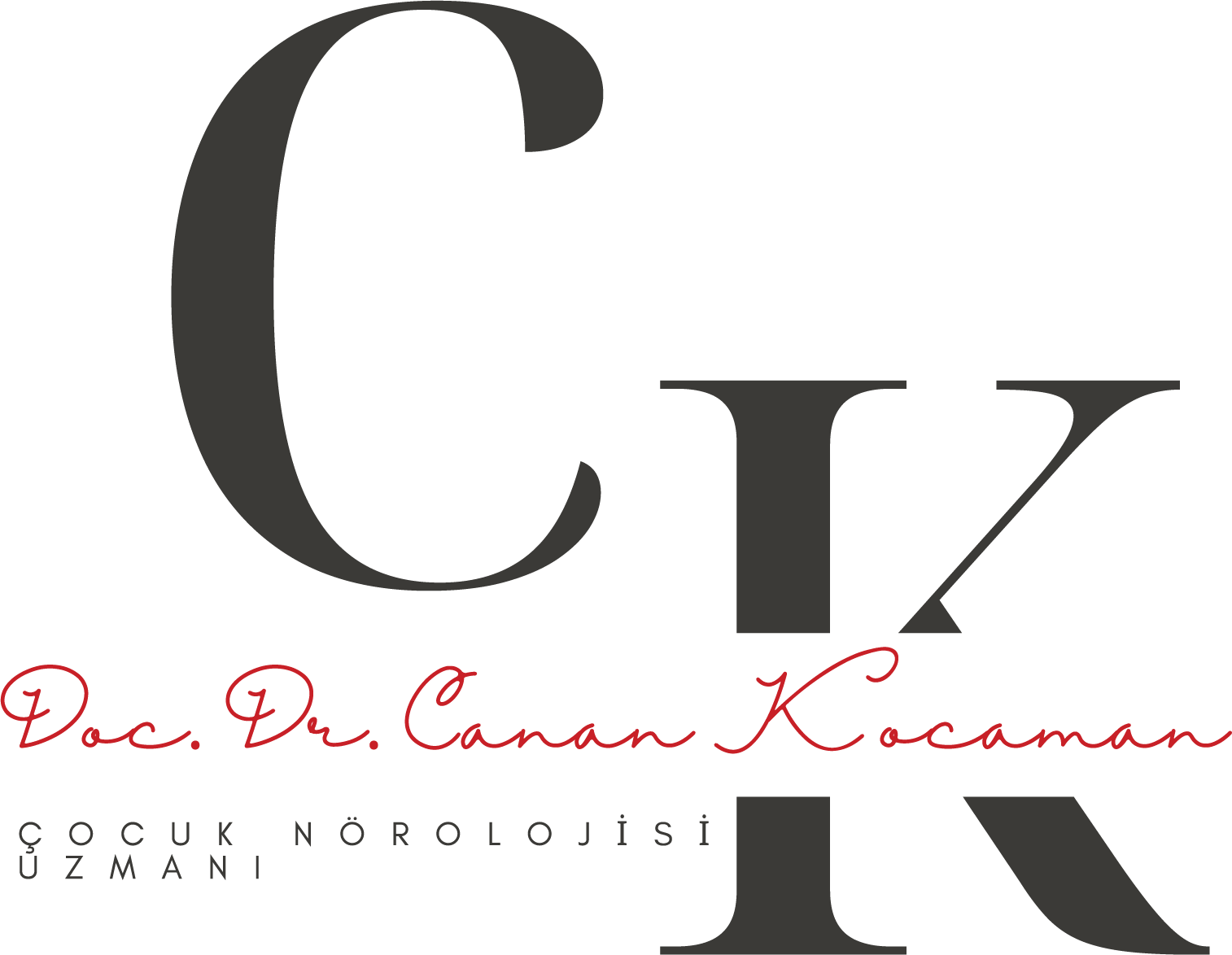Seizures that occur as a result of fever due to infections outside the central nervous system usually between the ages of 6 months and 6 years are called 'febrile convulsions'. One or more febrile convulsions occur in 2 to 5% of healthy children up to the age of 5 in our society. Febrile convulsions are more common in boys than girls. The age of onset of seizures is in the first three years in 90% of cases, before 6 months in 4%, and after 3 years in 6%. The most common age of onset is between 18-24 months. Febrile convulsions before 6 months and after 6 years of age require careful investigation.
Causes of Febrile convulsions
Fever, which usually occurs during upper respiratory viral infections, rarely during gastroenteritis, cannot be limited and leads to abnormal electrical discharges in the immature child's brain, clinically leading to a short-term loss of consciousness in the form of contraction or mushiness throughout the body. Rarely, in the first seizure, a seizure lasting longer than one hour, which we call febrile status, may be observed. Or the seizure may be focal (on one side of the body). This suggests that the underlying cause is a more serious brain problem.
Seizures are divided into two groups as simple and complicated. 80-90% are of simple type.
- In simple febrile convulsion, fever of 39 degrees and above, seizure lasting less than 15 minutes, normal neurological development of the child, a family history of febrile convulsions, and seizure pattern in the whole body (generalized type) are understood.
- In complicated type febrile convulsion, the seizure is provoked by a low fever of 38 degrees and below, the child's neurological development is abnormal, the seizure lasts longer than 15 minutes, there is more than one seizure within 24 hours, there is a family history of epilepsy, and the seizure pattern is on a single side of the body (focal type).
The risk of recurrence of seizures is generally 33% (25-50%), with the highest risk of recurrence if the seizure started at the age of 1 year. The risk of recurrence increases by 50% in those with a positive family history. 50% of seizures recur within the first 6 months, 75% within one year and 90% within two years.
In the diagnosis; cerebrospinal fluid examination with lumbar puncture is recommended to exclude the possibility of meningitis in the first febrile convulsion under 12 months of age. In children between 12-18 months, if there is no other focus of fever, a decision should be made in follow-up. In children over 18 months, routine lumbar puncture is not recommended. Transient irregularities in EEG may be observed in the acute period after seizure. EEG findings are more likely in complicated febrile convulsions. Imaging is not recommended in simple febrile convulsions.
In complicated type, its place is controversial. Generally, 90-95% of febrile seizures are age-related and disappear after 6 years of age. Rarely, 5-10% of febrile seizures may turn into febrile convulsions (epilepsy) In treatment, general precautions and recommendations regarding fever are explained to the family. In addition, intermittent preventive treatment (rectal diazepam) or continuous preventive treatment with antiepileptic drugs for at least one year is recommended depending on whether it is simple or complicated.
The family's concerns about this issue must be addressed. It should be explained that this is not a condition that will affect the child's intelligence in the future and that this is a condition with a good prognosis and the use of the medication to stop the seizure administered rectally for the first intervention in case of a seizure should be described in detail.




